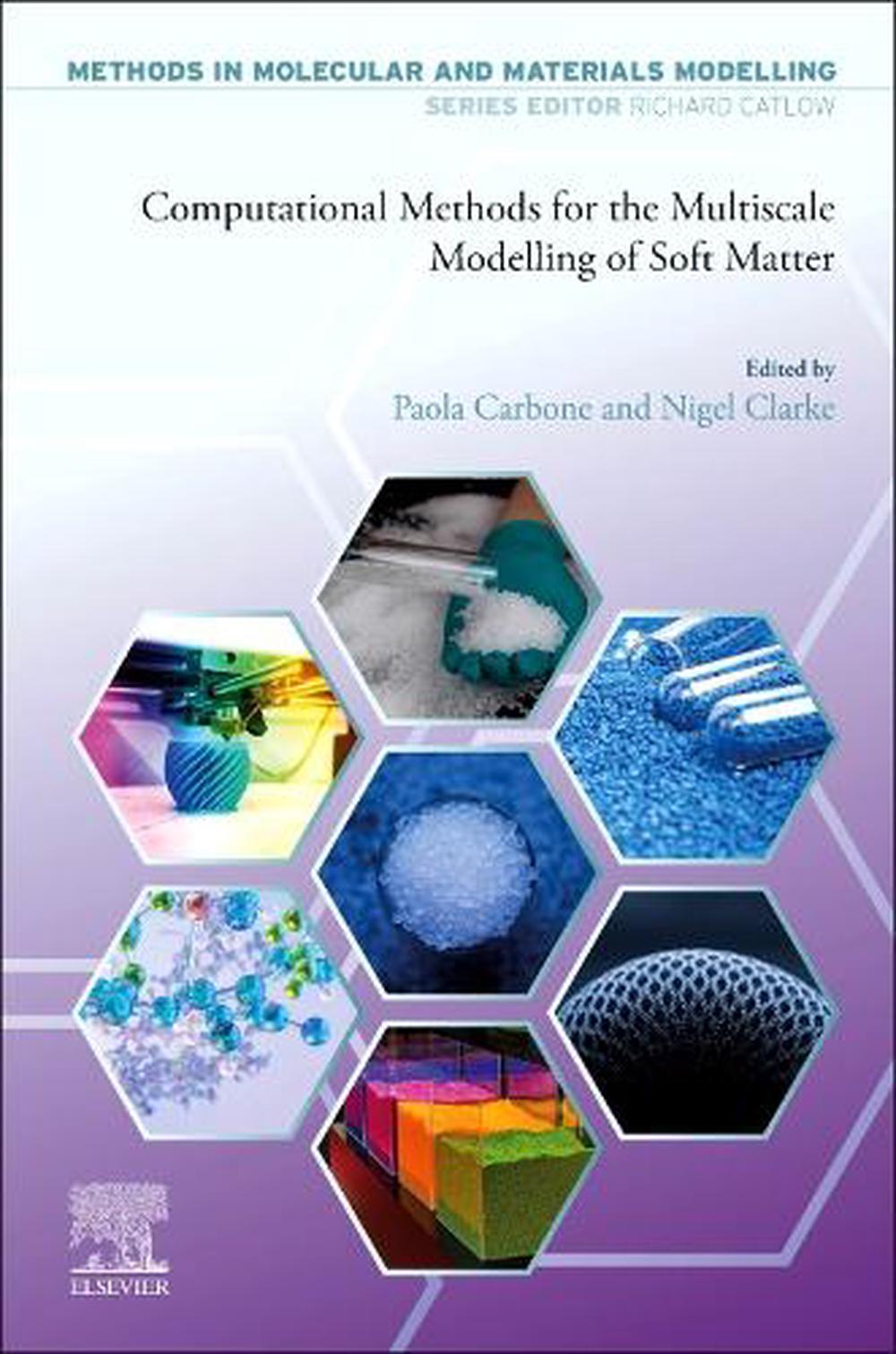
Computational Methods for the Multiscale Modelling of Soft Matter
$542.61
- Paperback
456 pages
- Release Date
1 December 2025
Summary
Bridging Scales: A Computational Journey Through Soft Matter
Computational Methods for the Multiscale Modelling of Soft Matter provides a comprehensive exploration of simulation techniques crucial for understanding soft materials. This book investigates numerical and molecular modeling methods across various time and length scales.
This resource is ideal for postgraduate students and researchers in materials science, computational physics, chemistry, and chemical engineering…
Book Details
| ISBN-13: | 9780443273148 |
|---|---|
| ISBN-10: | 0443273146 |
| Author: | Paola Carbone, Nigel Clarke |
| Publisher: | Elsevier - Health Sciences Division |
| Imprint: | Elsevier - Health Sciences Division |
| Format: | Paperback |
| Number of Pages: | 456 |
| Release Date: | 1 December 2025 |
| Weight: | 0g |
| Dimensions: | 229mm x 152mm |
You Can Find This Book In
About The Author
Paola Carbone
Paola Carbone is Professor of Physical Chemistry at the Department of Chemical Engineering, University of Manchester, UK. Her expertise is in the multiscale modelling of soft matter with a focus on developing workflows to couple different molecular modelling techniques. She obtained her PhD in Material Science from University of Milano-Bicocca in Milan, Italy in 2004. After a 2-years postdoc at the University of Bologna, Italy, in 2006 she was awarded a fellowship from the Humboldt Foundation and joined the group of Professor Mueller-Plathe at the Technical University of Darmstadt in Germany. In 2008 she was awarded a RCUK fellowship and joined the Department of Chemical Engineering at the University of Manchester, UK where she was promoted to Professor in 2020.
Nigel Clarke is a Professor of Condensed Matter Theory at the Department of Physics and Astronomy, University of Sheffield, UK. He has an active research program in both theory and simulations of polymer structure and dynamics. His research on developing models for structure evolution in polymers uses phase field models. Recently, his work on phase field models for phase separation helped elucidate the role of phase separation in creating structural colour in beetle scales. He developed the first theoretical framework for simultaneous de-wetting and phase separation. He pioneered the use of phase field models to predict structure/property relations in amorphous polymeric organic photovoltaics. He also has experience with molecular dynamics and dissipative particle dynamics, which he used to model structure and dynamics in polymer nanocomposites in a joint project with colleagues at the University of Pennsylvania, USA. He received his PhD from the University of Sheffield, UK in 1994, and following postdoctoral research positions at The University of Southampton and The University of Leeds, also in the UK he moved to the Manchester Institute of Science and Technology (UMIST) Materials Science for his first academic position. He then spent 13 years in the Department of Chemistry at Durham University, UK before returning to Sheffield University in 2011.
Returns
This item is eligible for free returns within 30 days of delivery. See our returns policy for further details.




